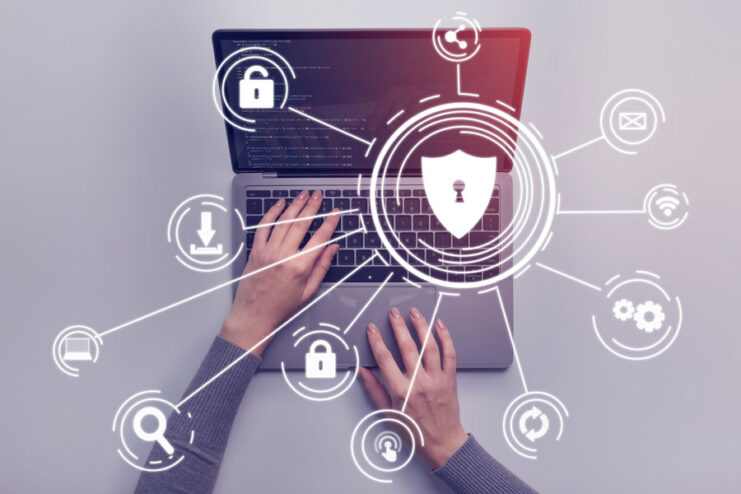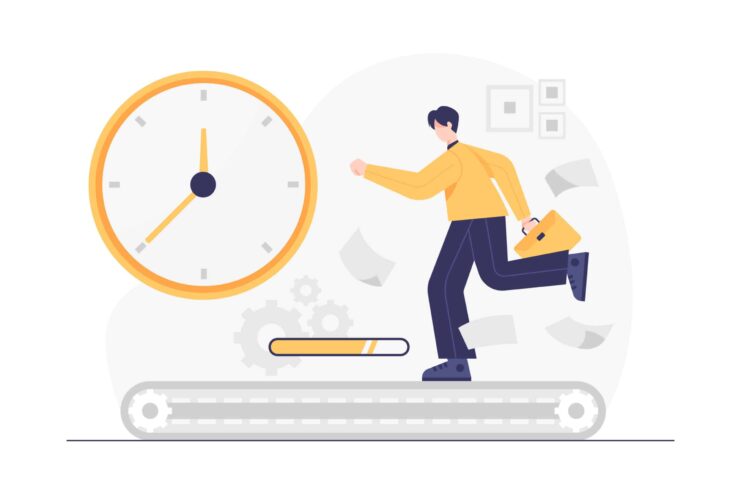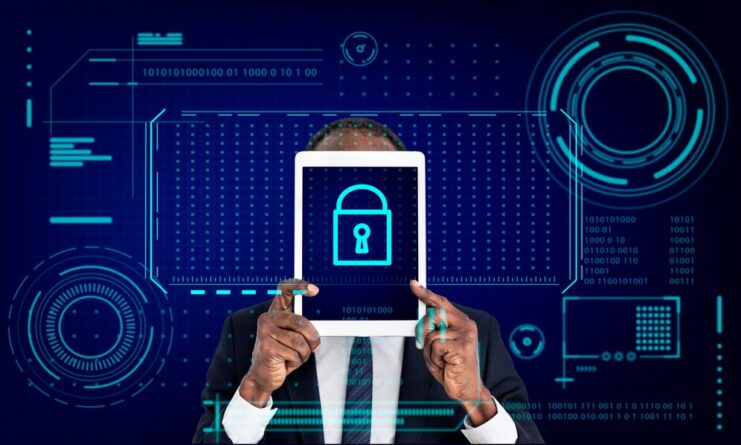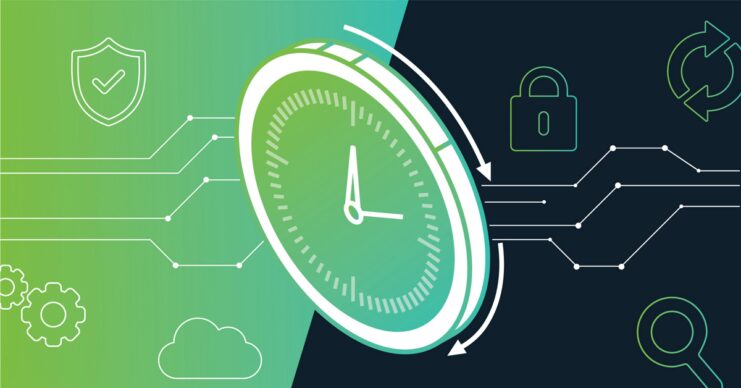In the ever-evolving domain of cybersecurity, the concept of Just-in-Time (JIT) access has emerged as a pivotal strategy for fortifying digital systems. Originating from a manufacturing principle where resources are provided on an as-needed basis, JIT in cybersecurity means granting entry rights to users for a limited time, significantly reducing the potential window for misuse or unauthorized access.
This approach marks a substantial shift from traditional entry control models where users possess continuous, often unnecessary access to systems and resources.
By constraining the entry duration, organizations can dramatically diminish the risk of data breaches and unauthorized use of sensitive information. This paradigm shift is particularly vital in today’s context, where the complexity and frequency of cyber threats are escalating rapidly, necessitating more stringent and dynamic security measures.
Strategies for Implementing JIT

Implementing JIT in an organization is a multi-faceted process that demands meticulous planning and execution. The initial step in this journey involves identifying roles and scenarios where temporary entry is applicable and most beneficial. This process requires a thorough understanding of the organization’s workflow and the typical access needs of various roles.
Once these roles are identified, the next step is establishing clear, robust guidelines that dictate when, how, and under what circumstances this temporary access should be granted. Automation plays a crucial role in this process, as it not only minimizes the likelihood of human error but also ensures that entry rights are provided and revoked promptly and efficiently.
Automating JIT access requires sophisticated software solutions that can seamlessly integrate with the organization’s existing IT infrastructure, ensuring a smooth and secure operation of this entry model. Learn more about your JIT access at Entitle.
Challenges in Adopting JIT and Mitigating Strategies
While the benefits of JIT are evident, its implementation is often met with challenges. One of the most significant barriers is resistance to change, particularly from users accustomed to having continuous access. This resistance can stem from a perceived inconvenience or misunderstanding of the system’s benefits.
To mitigate this, it’s imperative to conduct comprehensive training sessions and awareness programs that elucidate the importance and advantages of JIT in enhancing cybersecurity. Another challenge lies in the technical complexities involved in setting up a JIT entry system. This requires not only the right technological tools but also the expertise to integrate these tools into the existing IT infrastructure seamlessly.
A solution to this challenge is to engage with experienced cybersecurity professionals and vendors who specialize in JIT access solutions, ensuring a robust and effective implementation.
Ensuring the Integrity of Just-in-Time Access Systems

An integral component of a successful JIT entry system is continuous monitoring and auditing. This involves keeping a vigilant eye on access patterns, user behaviors, and potential anomalies that might indicate misuse or an attempted breach. Regular monitoring helps in quickly identifying and addressing any unauthorized or suspicious activities, thereby maintaining the integrity of the system.
Furthermore, periodic audits of the entry control protocols are essential to ensure that they remain effective and relevant. As cybersecurity threats evolve, so should the access control strategies. These audits provide valuable insights into potential improvements and adjustments needed in the JIT system, ensuring it remains effective against emerging threats.
The Future Outlook and Evolving Trends in JIT
Looking towards the future, the role of JIT access in cybersecurity is set to become even more prominent. With advancements in artificial intelligence (AI) and machine learning, we can anticipate more sophisticated JIT systems that can predict and automate access needs with greater accuracy, further enhancing security measures.
These technologies could enable the development of proactive JIT entry systems that not only respond to access requests but also anticipate and manage access needs in real-time, based on user behavior and other contextual factors. Keeping abreast of these technological trends and advancements is crucial for organizations that aim to maintain a robust cybersecurity posture in the face of rapidly evolving digital threats.
Enhancing Security with Adaptive JIT Protocols

The effectiveness of Just-in-Time access in enhancing system security extends beyond merely restricting entry duration. It involves creating an adaptive security environment that responds dynamically to varying threat levels and user requirements.
In this context, JIT access protocols can be designed to vary the level of entry based on real-time assessments of threat levels, user behavior, and the sensitivity of the data or systems being accessed.
For example, in situations where the system detects unusual activity or heightened threat levels, it could automatically impose stricter entry controls, or require additional authentication steps. Conversely, during periods of lower risk, it might allow for more streamlined access, improving user efficiency while still maintaining a high security standard.
This adaptive approach to JIT not only bolsters security but also enhances user experience by ensuring that security measures are proportionate to the actual risk, avoiding unnecessary impediments to productivity.
Integrating JIT with Broader Cybersecurity Strategies

For JIT access to be most effective, it must be integrated into a broader cybersecurity strategy. This integration involves aligning JIT access protocols with other security measures such as intrusion detection systems, firewalls, and anti-malware tools. By ensuring that these systems communicate and function cohesively, organizations can establish a more comprehensive and robust defense against cyber threats.
Additionally, integrating JIT with user training and awareness programs is crucial. Educating users about the importance of cybersecurity, and how their actions can impact the overall security of the organization, is essential.
This holistic approach to cybersecurity, where JIT is one component of a multi-layered defense strategy, significantly enhances the organization’s ability to protect itself from a wide array of cyber threats, ensuring the security and integrity of its digital assets in an increasingly interconnected world.
Summary
In conclusion, Just-in-Time access is a vital strategy in the arsenal of modern cybersecurity practices. Its implementation, though challenging, brings substantial benefits in minimizing unauthorized entry and potential data breaches.
By understanding the nuances of JIT , strategically implementing it, addressing the challenges head-on, and staying updated with future trends, organizations can significantly enhance their security framework and protect their digital assets more effectively.
Related Posts:
- How Long Does Vape THC Stay in Your System?…
- Decoding Dog Behavior: How to Train a Dog to Sit –…
- Retirement Village Insights: Understanding How They Work
- Benefits of Using Fully Electric Access Equipment in…
- Managing and Monetizing Your Social Media Presence:…
- Philanthropic Team Building: Unleashing Impactful…












